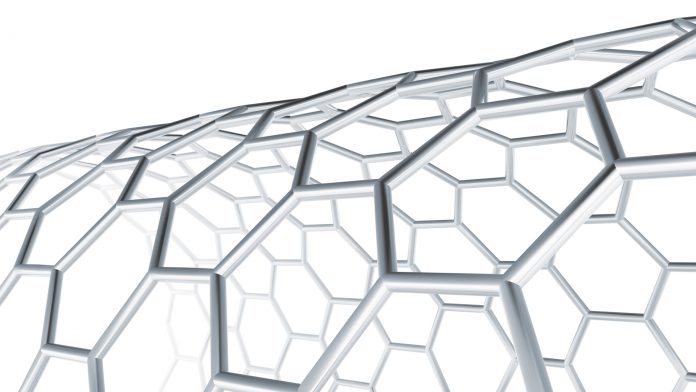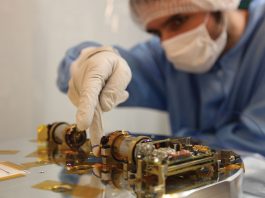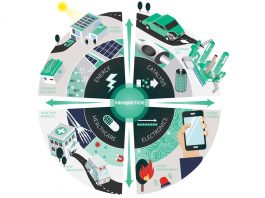Using machine learning and synthetic chemistry, a team of scientists have successfully created new gas-filtering membranes.
Developed by scientists at the University of South Carolina and Columbia University, the new method mixes machine learning with synthetic chemistry to design and develop new gas-separation membranes.
Published today in Science Advances, the discovery could revolutionise the way new materials are designed and created. Professor Brian Benicewicz of the University of South Carolina said: “It removes the guesswork and the old trial-and-error work, which is very ineffective.
“You don’t have to make hundreds of different materials and test them. Now you’re letting the machine learn. It can narrow your search.”
Combining big data and machine learning
Benicewicz and his collaborators at Columbia University wanted to see if big data could design a more effective membrane.
The team created a machine learning algorithm that analysed the chemical structure and effectiveness of existing membranes used for separating carbon dioxide from methane. Once the algorithm could accurately predict the effectiveness of a given membrane, the research team asked the question: what chemical structure would make the ideal gas separation membrane?
Sanat K Kumar, the Bykhovsky Professor of Chemical Engineering at Columbia, compared the algorithm to the one that Netflix uses to recommend movies. The streaming company gathers data on which movies are the most entertaining for the individual. This is just like how this algorithm analysed the chemical structures of existing gas-filtering membranes and determined which structures would be more effective.
Testing the membrane
The computer algorithm produced a list of 100 hypothetical materials that might surpass current limits. Benicewicz, who leads a synthetic chemistry research group, identified two of the proposed structures that could plausibly be made. Laura Murdock, a UofSC PhD student in chemistry, made the prescribed polymers and cast them into thin gas-filtering membranes.
When the membranes were tested, their effectiveness was close to the computer’s prediction and well above presumed limits. “Their performance was very good, much better than what had been previously made,” Murdock said. “And it was pretty easy. It has the potential for commercial use.”
Separating carbon dioxide and methane is essential to the progression of the natural gas industry because CO2 must be removed from natural gas to prevent corrosion in pipelines.









